Giving Your Old Chimney New Life

As you drive around any of the suburbs or within the City of Chicago, you will quickly find many homes that were built prior to 1960. Although older homes are beautiful and exhibit characteristics of the time, it also lacks the safety codes that are standard in newer homes built after 1960. Sadly, these codes have changed/improved due to property and life loss.
As many of the chimneys were masonry based, it wasn’t until homes built after 1950 that metal hearth systems were installed. Let’s take a look at some of the challenges faced with a vintage chimney.
Chimney Lining
Older chimney’s lack the metal lining needed for safety. Superior Chimney recommends a chimney lining for numerous reasons. Here are the top 3:
- Gases can leak into the home and heat can transfer to adjacent home construction materials
- Bring your chimney up to current/safer building code standards
- If you’re burning wood in the fireplace, tar and creosote is forming
House Continues to Settle
You might have heard the phrase, ‘the house is settling’, meaning that the ground on the sides and under the home shifts a bit. Sometimes we’ll see small hairline cracks in the basement walls and/or floor. Over the years, your chimney may experience mortar cracks, cracked bricks or even a separation of the bricks to the mortar. Getting an annual inspection will help to identify any issues before they become large and/or expensive.
Weather Elements Cause Deterioration
The weather elements of hot, cold, wind and rain do cause the mortar to deteriorate. As you’ve read from us many times, mortar is a perfect place for water leaks to occur. Disappearing mortar can also cause bricks to loosen, especially if the deterioration is deep within the bricks.
Longevity from the Chimney with Waterproofing
The old brick chimney structure may still be intact, but remember, old bricks absorb lots of water from rain and snow. The best way to preserve the brick and mortar is with a waterproofing solution like our Chimney Saver product. The Chimney Saver prevents water into the brick, minimizes deterioration and future repair costs.
Give your old chimney some new life with the care from our Certified Chimney Technicians. Contact us today at 877-244-6349.
This post first appeared on https://www.superiorchimney.net
 One of the most common causes of a chimney leak is a damaged or missing chimney cap. The chimney cap is installed on top of the chimney to keep rain and snow out of the flue. Its constant exposure to seasonal weather changes can eventually cause the chimney cap to crack, corrode, or rust allowing water to leak in the chimney and fireplace. Strong wind gusts can cause it to separate from the chimney. If you notice water dripping in the fireplace or pooling in the firebox, your chimney cap may be damaged or missing.
One of the most common causes of a chimney leak is a damaged or missing chimney cap. The chimney cap is installed on top of the chimney to keep rain and snow out of the flue. Its constant exposure to seasonal weather changes can eventually cause the chimney cap to crack, corrode, or rust allowing water to leak in the chimney and fireplace. Strong wind gusts can cause it to separate from the chimney. If you notice water dripping in the fireplace or pooling in the firebox, your chimney cap may be damaged or missing. Preventing Chimney Leaks
Preventing Chimney Leaks
 Although the squeaky wheel usually gets the grease, it can be hazardous to use that policy with regard to your chimney. Sometimes the eye of an experienced, certified chimney sweep is required to spot evidence that a chimney or fireplace needs cleaning or repair. The following, however, are signs that you can see for yourself that fireplace or chimney cleaning or repair are needed.
Although the squeaky wheel usually gets the grease, it can be hazardous to use that policy with regard to your chimney. Sometimes the eye of an experienced, certified chimney sweep is required to spot evidence that a chimney or fireplace needs cleaning or repair. The following, however, are signs that you can see for yourself that fireplace or chimney cleaning or repair are needed. The Chimney Has White Stains
The Chimney Has White Stains
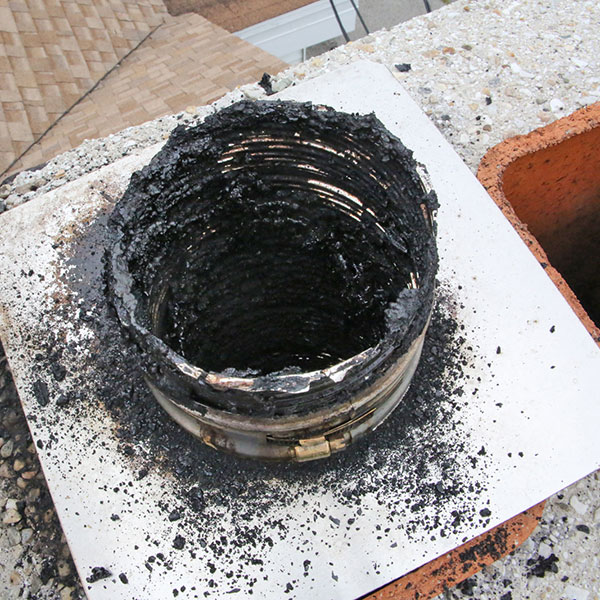 Creosote Exposure
Creosote Exposure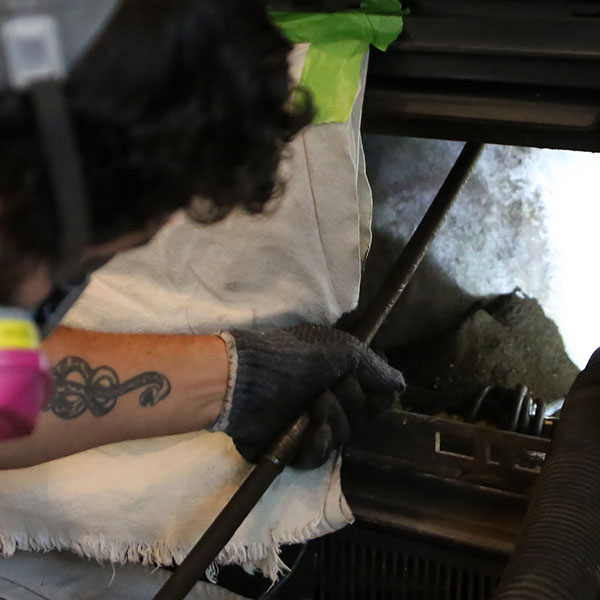 Respiratory Issues
Respiratory Issues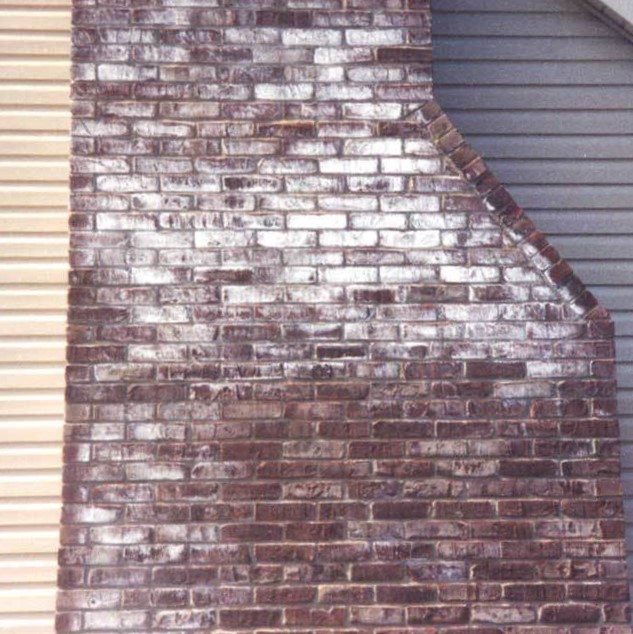 Efflorescence
Efflorescence First step: have your chimney inspected
First step: have your chimney inspected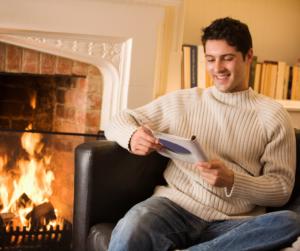 Burning Plastic in a Fireplace is Not Okay
Burning Plastic in a Fireplace is Not Okay
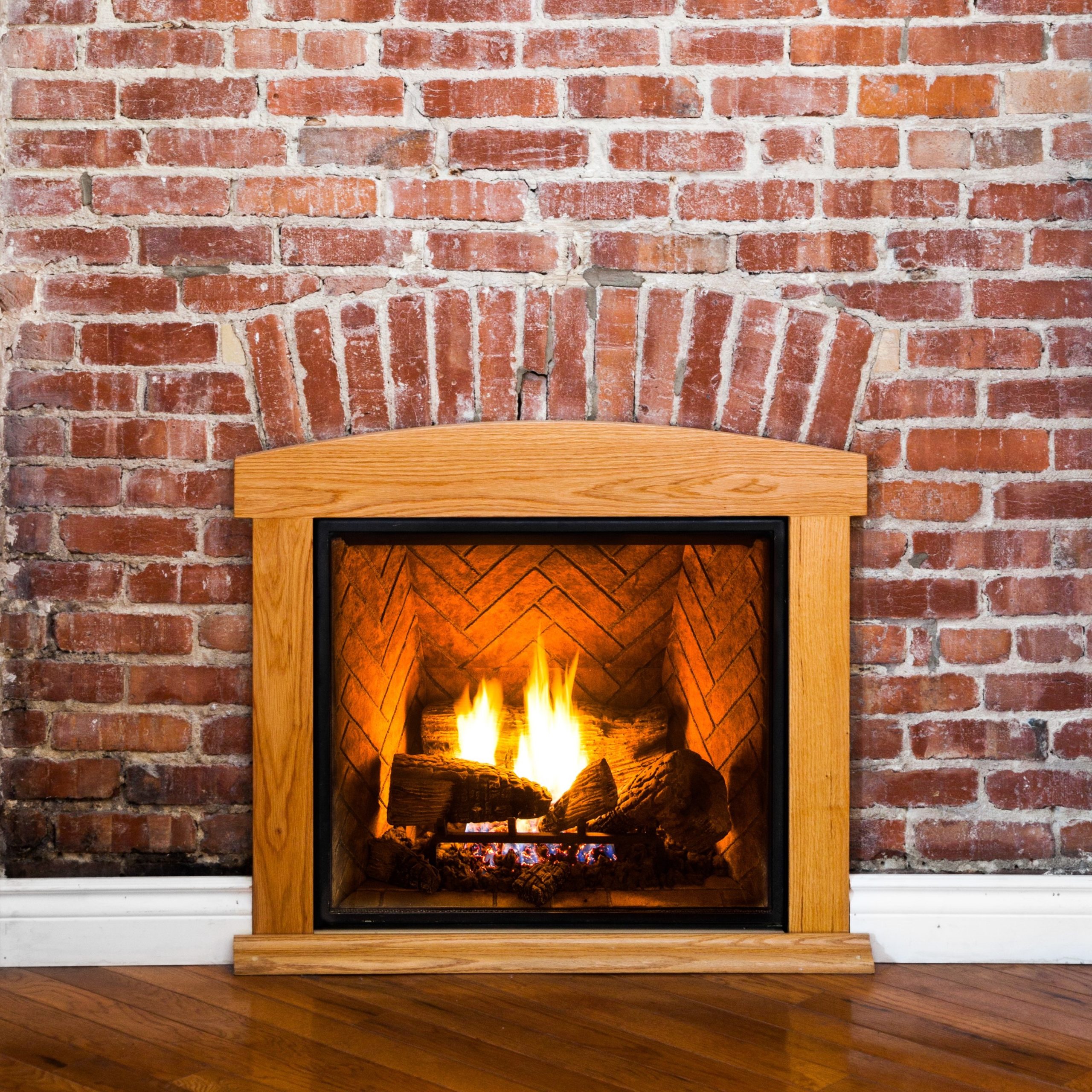 If you don’t already have a mantel
If you don’t already have a mantel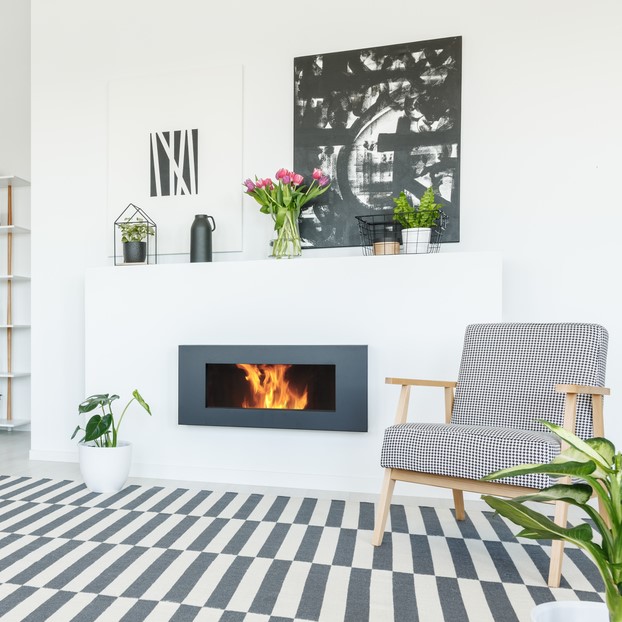 Plants
Plants